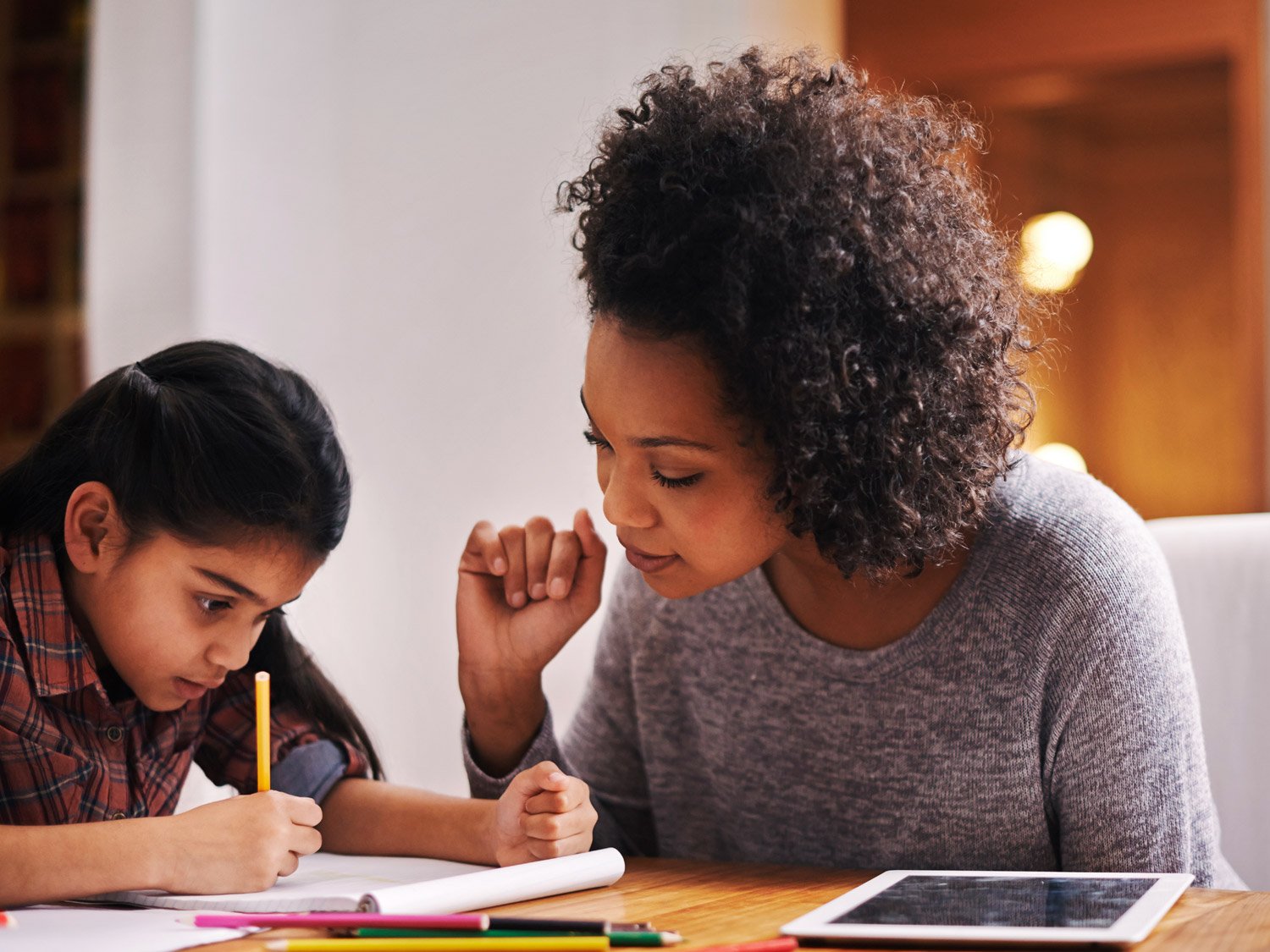
Understanding Inclusive Education
Inclusive education refers to an educational philosophy that aims to provide all students, regardless of their abilities or backgrounds, with equitable access to quality education. The goal is to create an environment where every learner feels valued and supported. This approach contrasts with traditional educational models that may segregate students based on varying needs, such as disabilities or language barriers. Inclusive education ensures that every student, including those with special educational needs, receives the resources and support needed to thrive.
Historically, students with disabilities were often placed in specialized institutions, limiting their interaction with peers. Over time, advocacy for the rights of individuals with disabilities has led to a shift toward more inclusive practices. International agreements, like the United Nations Convention on the Rights of Persons with Disabilities, emphasize the need for inclusive education systems worldwide.
Guiding Principles of Inclusive Education
Inclusive education is built on principles such as respect for diversity, participation, and collaboration. It recognizes and values differences among students, understanding that diversity enriches the educational experience. Inclusion focuses on providing tailored support and fostering collaboration among educators, families, and communities. It’s essential to differentiate inclusion from integration. Integration merely places students with differences in general settings without addressing their learning needs. In contrast, inclusion adapts the environment to promote meaningful participation.
Benefits of Inclusive Education
Inclusive education integrates students with disabilities into general classrooms, providing equal learning opportunities. One significant benefit is enhanced academic performance. Research shows that students with disabilities in inclusive settings often exhibit improved motivation and outcomes. The dynamic classroom fosters engagement, allowing all students to benefit from diverse teaching approaches.
Moreover, inclusive education promotes essential social skills. Students with disabilities can develop friendships, empathy, and understanding, leading to a more accepting society. Classmates without disabilities learn to appreciate diversity, preparing them for real-world scenarios.
From an educator’s perspective, inclusive education encourages improved teaching strategies. Teachers must use differentiated instruction and innovative methods to cater to diverse needs. This professional growth enhances education quality for all learners.
Key Principles of Inclusive Education
Several principles guide effective inclusive practices.
- Respect for Diversity: This principle acknowledges the unique backgrounds and experiences of each learner. Celebrating differences fosters an environment where every student feels valued, leading to richer learning experiences.
- Equity: Equity emphasizes access to the same educational opportunities and resources for all students, regardless of needs or backgrounds. This involves identifying and dismantling barriers to participation.
- Accessibility: Accessibility ensures that physical and curricular aspects accommodate diverse needs. Classrooms must support learners with various abilities through modifications in teaching strategies, assessment methods, and layouts.
- Community Involvement: Collaboration between families, educators, and organizations enhances support networks for students. Involving the community creates a holistic approach to education.
Best Practices for Teachers
Creating an inclusive classroom requires a thoughtful approach. One essential strategy is differentiating instruction, which tailors teaching methods and assessments to meet varying needs. Teachers can employ diverse instructional strategies, allowing students to demonstrate understanding in different ways.
Integrating assistive technology, such as speech-to-text software and interactive applications, enhances learning, especially for students with disabilities. This technology ensures equal access to the curriculum.
Promoting collaborative learning is also integral. Group projects encourage social interaction and help students develop communication skills. By pairing students of varying abilities, teachers create mutual support, enabling learners to benefit from each other.
Developing Individualized Education Programs (IEPs) is crucial for students with specific needs. An IEP outlines tailored objectives and resources to help each student thrive. Involving parents and specialists ensures comprehensive and effective plans.
Collaborative Approaches to Inclusion
Collaboration is vital for fostering inclusive education. The partnership between general education teachers, special education professionals, and families is essential. Effective communication forms the foundation of this collaboration, allowing educators to share insights and strategies that benefit student learning.
Involving families in the educational process is crucial. Educators can invite families to participate in meetings and workshops, empowering them to share their perspectives on their child’s needs.
Multidisciplinary team meetings further strengthen collaborative approaches. Bringing together professionals from various fields facilitates comprehensive support for students. These meetings promote a holistic understanding, ensuring tailored learning plans.
Creating an Inclusive School Culture
Establishing an inclusive school culture is essential for fostering a learning environment that values diversity. Positive relationships among students can be cultivated through collaborative projects and mentorship opportunities.
Involving families strengthens the inclusive culture. Schools can organize workshops that connect parents with staff and each other, fostering trust and understanding. This engagement allows for greater input regarding policies and practices.
Addressing bullying and fostering empathy are vital components of an inclusive environment. Comprehensive anti-bullying policies and training for students and staff are essential. Discussions on empathy help students develop compassion, cultivating a more harmonious school culture.
Assessment and Evaluation in Inclusive Settings
Assessment plays a pivotal role in inclusive education, ensuring that all students are supported. Formative assessments provide ongoing feedback and insights into each student’s progress, allowing for timely interventions.
Accommodating various learning styles in assessments is crucial. Offering multiple means for students to demonstrate knowledge ensures equitable access. Universal design principles enhance accessibility.
Teacher feedback is vital in the assessment process. Constructive feedback helps students understand their strengths and areas for growth, fostering a supportive atmosphere for self-reflection.
Challenges and Solutions in Inclusive Education
Inclusive education faces unique challenges. A primary obstacle is the lack of adequate resources. Many schools struggle with insufficient funding, leading to inadequate materials and support for diverse needs.
Another challenge is the gap in training for teachers. Many educators lack professional development in inclusive practices, hindering effective engagement.
Resistance to change can also serve as a barrier. Some settings prioritize traditional teaching practices over inclusive approaches.
To overcome these challenges, educational institutions should invest in resources that support inclusive practices. This includes ensuring classrooms are adaptable and accessible. Regular professional development can empower teachers to embrace inclusive strategies.
Engaging stakeholders in open dialogue fosters a unified vision for inclusivity. Highlighting successful practices can promote an environment that values diversity.
Future Directions for Inclusive Education
The landscape of inclusive education is evolving rapidly. The integration of technology is transforming how educators approach inclusivity. Adaptive learning tools and assistive devices provide personalized experiences, promoting an inclusive educational setting.
Policy changes also shape the future of inclusive education. Comprehensive policies support the inclusion of all students, ensuring educators have necessary resources and training.
Ongoing professional development is essential for maintaining inclusive education standards. Training programs focusing on differentiated instruction and cultural competency empower teachers to meet diverse needs.
These future directions signify a concerted effort to enhance inclusive education, ensuring that all students have the opportunity to thrive in a supportive environment.


